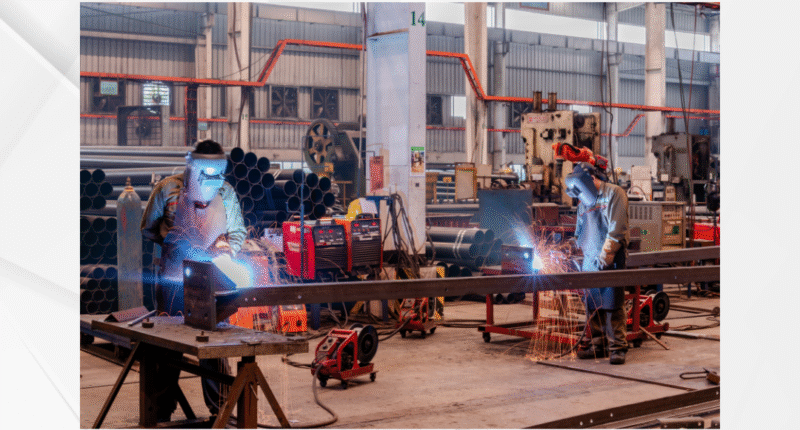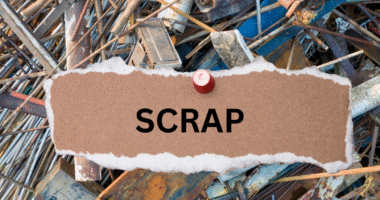Manufacturing industries face constant pressure to improve efficiency, cut costs, and meet customer expectations. Lean techniques provide a proven pathway to achieve these goals by focusing on waste reduction, process improvement, and continuous value creation. When properly implemented, lean methods transform manufacturing into a streamlined, cost-effective system that delivers high-quality results.
Understanding Lean Techniques in Manufacturing
Lean manufacturing originates from the Toyota Production System, designed to maximize customer value while minimizing waste. Instead of overproducing or carrying excess inventory, lean encourages organizations to produce only what customers need, when they need it.
The primary goal of lean techniques is to eliminate the seven wastes:
-
Overproduction
-
Waiting
-
Transportation
-
Overprocessing
-
Excess inventory
-
Unnecessary motion
-
Defects
By addressing these wastes, manufacturers can create a smoother workflow, reduce costs, and enhance customer satisfaction.
Key Steps to Optimize Manufacturing with Lean Techniques
1. Map the Value Stream
The first step is to create a value stream map of your processes. This visualization helps identify which steps add value and which create waste, allowing you to target areas for improvement.
2. Standardize Processes
Consistency is critical in lean manufacturing. Standardizing procedures ensures that employees follow the same efficient steps, reducing variation and improving overall quality.
3. Apply 5S for Workplace Organization
The 5S method—Sort, Set in Order, Shine, Standardize, Sustain—keeps the workplace clean, organized, and efficient. A well-structured environment reduces downtime and errors.
4. Implement Pull Systems
Instead of pushing products through production, lean uses pull systems such as Kanban to produce based on real customer demand. This minimizes excess inventory and prevents overproduction.
5. Encourage Continuous Improvement (Kaizen)
Lean thrives on ongoing improvements. Engaging employees in daily problem-solving and encouraging suggestions builds a culture where efficiency and innovation become second nature.
6. Use Lean Metrics to Track Progress
Monitoring performance indicators such as lead time, cycle time, and defect rates ensures that lean improvements are measurable and sustainable.
Benefits of Lean Optimization in Manufacturing
Optimizing manufacturing with lean techniques provides long-term advantages:
-
Lower operating costs by reducing waste.
-
Faster production cycles and shorter lead times.
-
Enhanced product quality and reliability.
-
Greater flexibility to meet customer demands.
-
Stronger employee involvement and job satisfaction.
Conclusion
Lean techniques are not just tools—they are a mindset that reshapes how manufacturers operate. By following steps such as mapping the value stream, standardizing processes, applying 5S, and promoting continuous improvement, companies can achieve greater efficiency, higher quality, and lasting competitiveness. Implementing lean is a journey, but the rewards for manufacturing excellence are significant.









